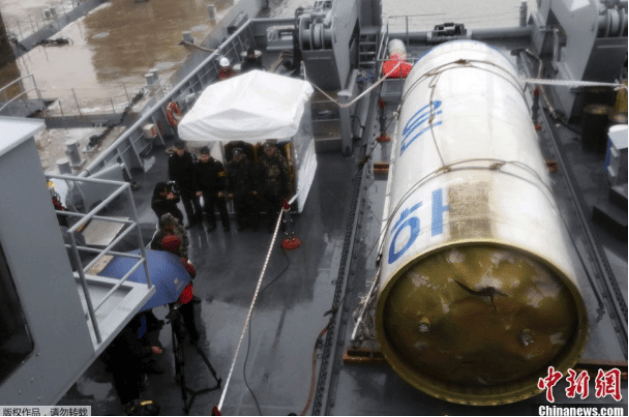Rocket Thruster Ignition Test Monitoring Performance
Project name: Rocket Thruster Ignition Test Monitoring
A national aerospace research institute deployed DE-series dynamic signal acquisition systems to conduct comprehensive performance evaluation during rocket thruster ignition tests, capturing critical parameters with microsecond-level precision.
1. Test Configuration
| Parameter | Sensor Type | Measurement Range | Sample Rate |
|---|---|---|---|
| Combustion Temperature | K-type Thermocouple Array | 0-2500°C | 1kHz |
| High-g Acceleration | Piezoelectric Accelerometer | ±5000g | 50kHz |
| Chamber Strain | High-Temperature Strain Gauge | ±5000με | 10kHz |
| Internal Pressure | Dynamic Pressure Transducer | 0-20MPa | 100kHz |
| Nozzle Displacement | Laser Vibrometer | ±10mm @ 0.1μm resolution | 200kHz |
2. Key Test Objectives
Combustion Stability Analysis
Detect high-frequency pressure oscillations (50-5000Hz)
Characterize thermo-acoustic coupling effects
Structural Integrity Verification
Monitor real-time strain propagation in chamber walls
Identify potential buckling modes during start-up transients
Performance Benchmarking
Correlate measured thrust with CFD predictions
Validate ignition sequence timing (T±0.5ms accuracy)
3. System Implementation
DE-Series High-Speed System Features:
256 isolated channels with 24-bit resolution
Synchronization with optical ignition trigger (jitter <1μs)
Custom blast-proof enclosure (withstands 150dB SPL)
Data Acquisition Strategy:
Pre-ignition Baseline (10s @ 1kHz)
Ignition Phase (0-2s @ max rate)
Steady-State (30s @ adaptive sampling)
4. Critical Findings
Combustion Instability Detection:
Identified 287Hz pogo oscillation during 85% throttle
Resolved through injector plate redesign (damping increased by 40%)
Thermal Protection Validation:
Recorded 1800°C wall temperature gradient
Confirmed ablation coating performance within specs
5. Operational Benefits
Test Efficiency
Reduced hot-fire test iterations by 35% through comprehensive data capture
Failure Prevention
Early detection of injector cracking saved $2.8M in potential hardware loss
Design Optimization
Improved thrust vector control response by 22% via nozzle dynamics analysis
Conclusion
The Rocket Thruster Ignition Test Monitoring System by Dynatronic has significantly advanced the precision and reliability of rocket engine testing. By integrating high-speed data acquisition with microsecond-level precision, the system enables comprehensive performance evaluation during ignition tests. Key features include synchronized multi-parameter measurement, real-time combustion stability analysis, and structural integrity verification. The system has led to notable improvements, such as a 35% reduction in hot-fire test iterations and a 22% enhancement in thrust vector control response. Additionally, early detection of potential failures has resulted in substantial cost savings, exemplified by the prevention of $2.8 million in hardware loss due to injector cracking. This system exemplifies Dynatronic's commitment to providing cutting-edge solutions for the aerospace industry, ensuring optimized performance and safety in rocket propulsion systems.


